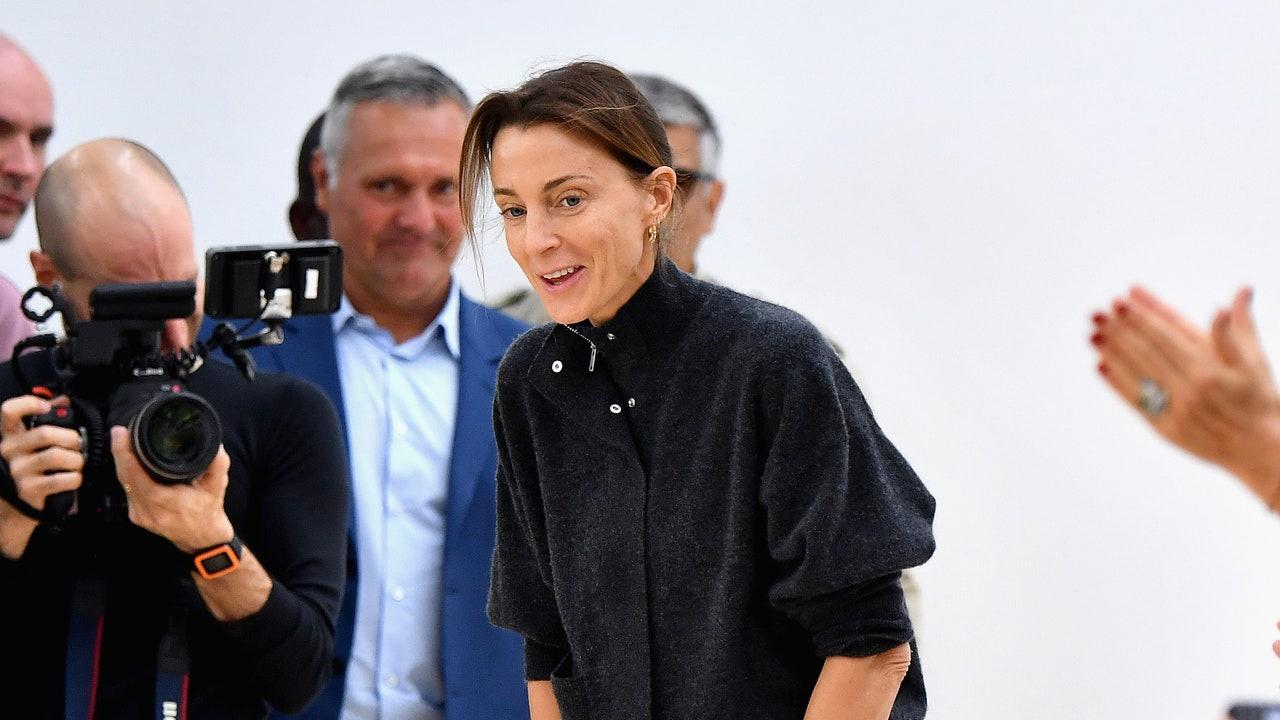Why Are There So Few Women Leading Luxury Fashion Houses Today?
Despite their exceptional talent and fashion intellect, the number of women in top positions at the world’s leading fashion houses remains scarce. Gender disparity in this industry is becoming increasingly concerning.

Summary: The pressing issue of luxury fashion houses An industry led by patriarchal regimes in an era of “respecting” diversity and equality? Yet, the majority of fashion students are female
On International Women’s Day, March 8th, let’s delve into the role of women in today’s fashion industry.
The pressing issue of luxury fashion houses On December 7th, the Metropolitan Museum of Art will open the exhibition “Women Dressing Women.” This exhibition is crucial at the current time, simply because of the following reasons.
Just looking at the major shows in Paris, Milan, and London last season, it’s hard to find many “female designers creating fashion for women” nowadays. Instead, the majority of creative directors of leading women’s fashion brands today are men. Furthermore, recent appointments have only widened the gender gap.
The announcement of Seán McGirr succeeding Sarah Burton at Alexander McQueen this year caused a huge stir, with critics commenting that all six of Kering’s fashion brands are currently led by white men.
“I genuinely don’t know any women in my generation who have had the opportunity to access a job like this,” one designer told the fashion platform 1 Granary in an Instagram post about the common issue of leadership positions within Kering.
Kering’s competitor, the LVMH group, is also facing a similar situation. Only two women-led fashion brands exist: Maria Grazia Chiuri at Dior and Camille Miceli, who joined Pucci in 2021. And this week, Moschino announced that Davide Renne, a former Gucci employee, would succeed Jeremy Scott. This change is seen as a positive one.
“While the rigid barriers between the genders have begun to break down in the fashion industry, overcoming the limitations of traditional power remains a challenge,” said Rui Zhou, designer and founder of the Rui brand.
An industry led by patriarchal regimes in an era of “respecting” diversity and equality? In 2020, many fashion brands made commitments to diversity and inclusivity. However, just three years later, the fashion industry has not only reverted to its old ways but also worsened gender disparity compared to a century ago.
“The irony is that women seem to have lost the position they had in the early stages of fashion,” said Barbara Franchin, founder of the ITS (International Talent Support) competition. “In brands like Schiaparelli, Lanvin, Chanel, where women still design and run the show, Madame Grès and Vionnet established aesthetic and business rules, although it wasn’t easy to do so.”
Most brands under Kering and LVMH, like Saint Laurent, Dior, and Givenchy, are named after and founded by men. However, as Franchin pointed out, even brands founded by women have fallen into the hands of male designers. Schiaparelli, founded in 1927 by Elsa Schiaparelli, went through several male creative directors in the 2010s before entering a more stable period with Daniel Roseberry in 2019.
Lanvin, the oldest French fashion brand founded by Jeanne Lanvin in 1889, had a short stint under the creative management of female designer Bouchra Jarrar from 2016 to 2017. But the brand has mostly been led by men like Alber Elbaz and Bruno Sialelli, who recently departed this year.
Meanwhile, the Ann Demeulemeester brand experienced a sudden change this year, with Stefano Gallici taking over as creative director after a brief tenure by Ludovic de Saint Sernin.
However, the majority of fashion students are female However, the fashion industry is not lacking in female talent. An article revealed that over 85% of graduates from top fashion schools are women, and one in six working in the global fashion industry identifies as female. But by 2018, only about 14% of the top 50 fashion brands were run by women.
Franchin noted that over half of the candidates participating in the ITS competition, a contest to find emerging creative talents, are women, with 58% of the winners over the past 20 years being female designers. Sadly, this hasn’t translated into more opportunities for women.
“When I look at the number of creative directors of major fashion houses that we can count from our previous contestants and winners, I see that the majority of them are men,” she said.
However, at shows in Europe, 68% of the 25 major brands participating in Shanghai Fashion Week this season, held from October 8th to 16th, are led by female designers. They are local talents like Judy Hua’s Judyhua, Zhi Chen’s ZI II CI IEN, and the brand named Chundie Zhu.
Brands led by women like Stella McCartney and Selkie, the New York label founded by Kimberley Gordon, also appeared in this year’s shows. Selkie received special praise not only for its exquisite dresses but also for the runway honoring diverse models of skin colors and body shapes.
After Gabriela Hearst’s departure, Chloé announced in October that Chemena Kamali would take over as creative director. Founded by Gaby Aghion in 1952, this French fashion brand has been mostly led by female creative directors, such as Stella McCartney, Phoebe Philo, and Clare Waight Keller (except for Karl Lagerfeld, who held power from 1992 to 1997).
Phoebe Philo’s anticipated return to the fashion world with her eponymous

